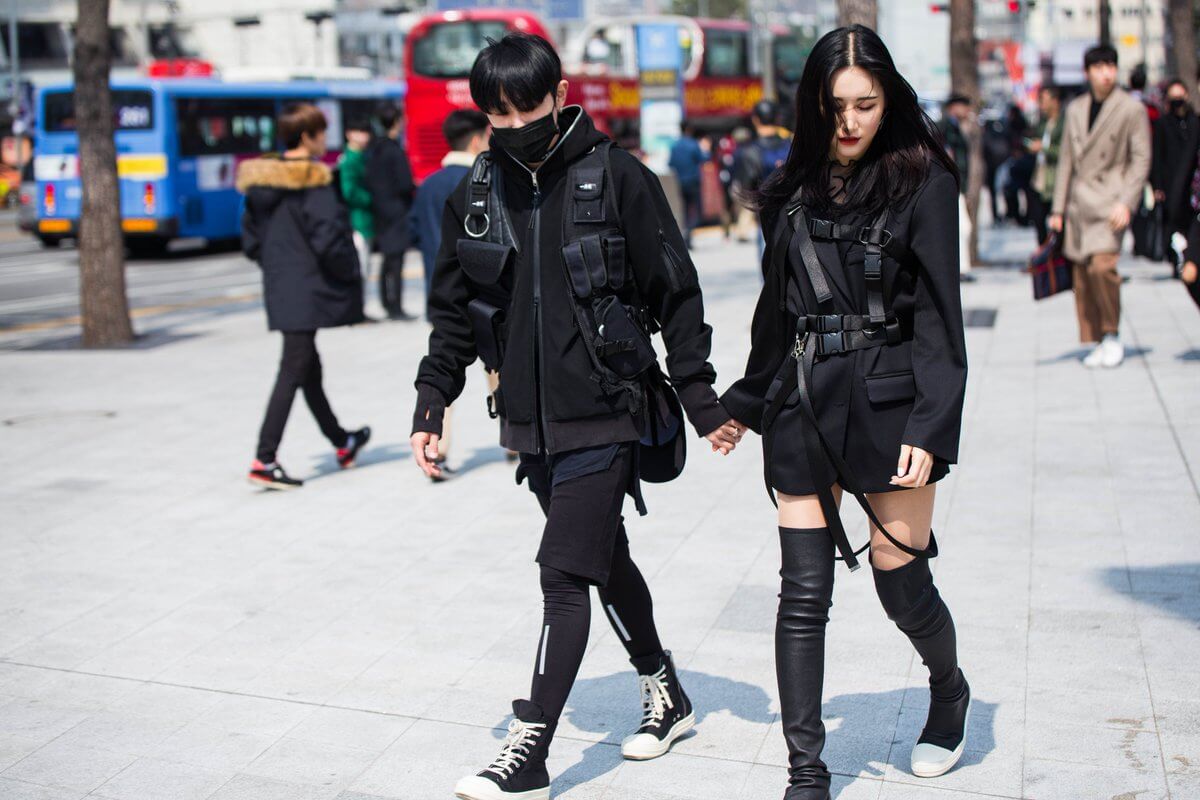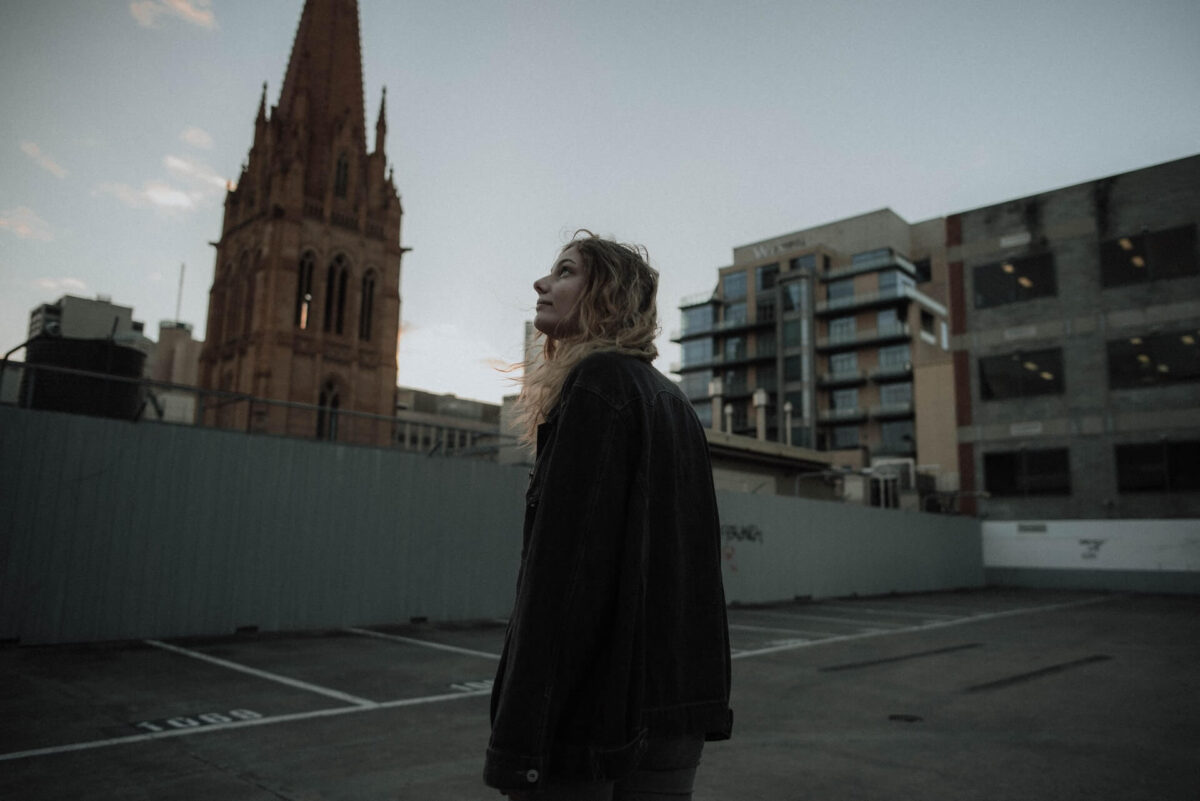
Academic style owes its existence to American educational institutions. Remember any American film where there is a university professor, art historian or scientist – he will definitely be dressed in an academic style. The birth of the current academic style is directly related to the church. In the Middle Ages, when the main place of study was church schools, students, as well as teachers, were required to wear special clothes. It resembled the clothes of monks – a loose dress. A little later, the outfit was changed, turning into a mantle.  The mantle allowed you to immediately see that in front of you is an educated person who belongs either to science or to its comprehension. At the same time, the color trend was determined. The color of the robes was initially dark, but soon it was decided to diversify the palette in order to divide representatives of different educational levels among themselves. To the black were added burgundy, yellow, blue.
The mantle allowed you to immediately see that in front of you is an educated person who belongs either to science or to its comprehension. At the same time, the color trend was determined. The color of the robes was initially dark, but soon it was decided to diversify the palette in order to divide representatives of different educational levels among themselves. To the black were added burgundy, yellow, blue.  Time passed, the world developed and the use of the mantle as everyday clothes became simply uncomfortable. This is how the modern academic style appeared - comfortable, comfortable, moderately strict clothes that betray the intelligence of its owner and allow him not to think - and what should I wear today.
Time passed, the world developed and the use of the mantle as everyday clothes became simply uncomfortable. This is how the modern academic style appeared - comfortable, comfortable, moderately strict clothes that betray the intelligence of its owner and allow him not to think - and what should I wear today.
The main feature of the academic style is simplicity without simplicity, no matter how paradoxical it may sound. Conventionally, things should be such that, falling out of the closet, they themselves are collected in sets - a minimum of time to make an image, a maximum of comfort and a little style. Composing a bow in the style of academicism think, could you go in it to lecture in Cambridge? If yes, you definitely hit the bullseye.
And if you want to go deeper and not act at random, take note of the basic principles of Academic Style:
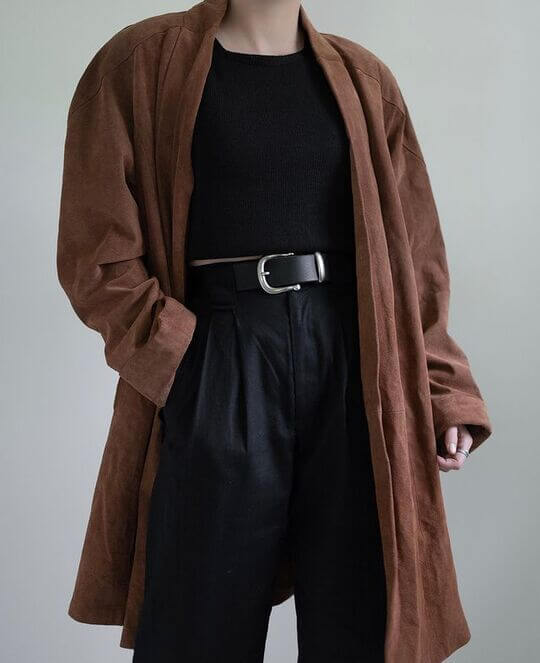
@esid.well

@chanelofficial

@giuliagrassoofficial

@alexmillny
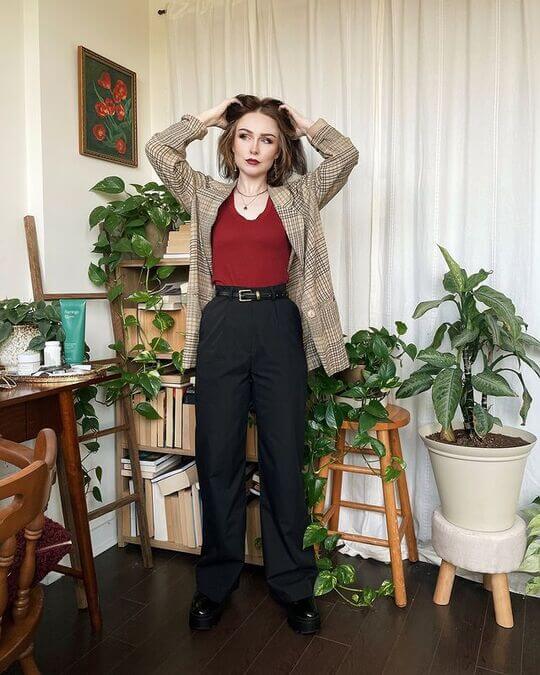
@maryamdoeslife

@reformation

@cosstores
Style does not accept a hint of sexuality - cuts and cuts are best left for glamour, and with them send there and sequins, sequins, an abundance of prints. If you want a little variety, then a cell and a strip will help you. Flowers, embroideries and lace, by the way, are also not suitable - this is more for boho or ethno styles.

@clubmonaco

@storets
Two directions that go along with academicism are business and preppy style. The border between them is so blurred that sometimes it is difficult to see a specific direction at first glance.

@moschino
Business style is office clothing. When compiling business looks, it is not comfort that comes to the fore, but formality. For a formal business style, it is unacceptable to use, say, sweaters - this dilutes the officialdom. The academic style is more democratic - it is allowed to use almost any clothes - sweaters, cardigans, jeans, if they all create a comfortable and moderately strict outfit. In the photo below there are two images – business on the left, academic on the right. Agree, the difference is obvious. 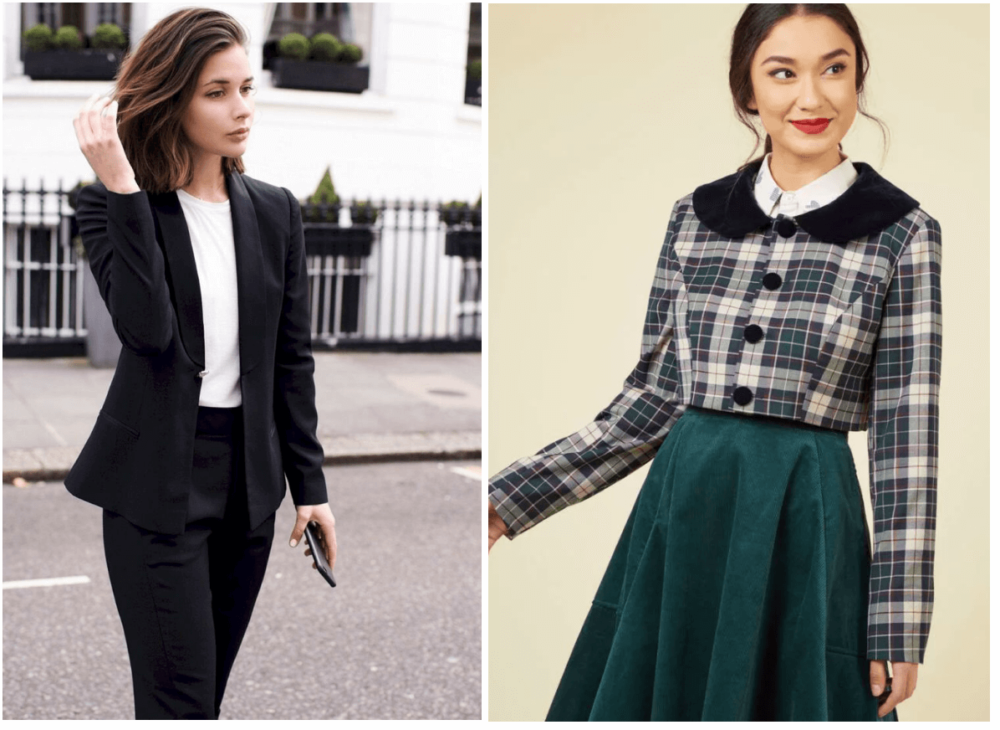
These two styles are connected much more. Preppy is a university style that is inherent in students of elite schools, which later spread beyond their borders. Preppies are characterized by the use of expensive fabrics - this is one of the principles of style. And this is logical, because these are the clothes of the elite strata of society.
Academicism, on the contrary, rejects the high cost - people of science and art often do not have financial wealth, since all their activities are aimed at comprehending knowledge, discovery, and commercial success goes to the background. 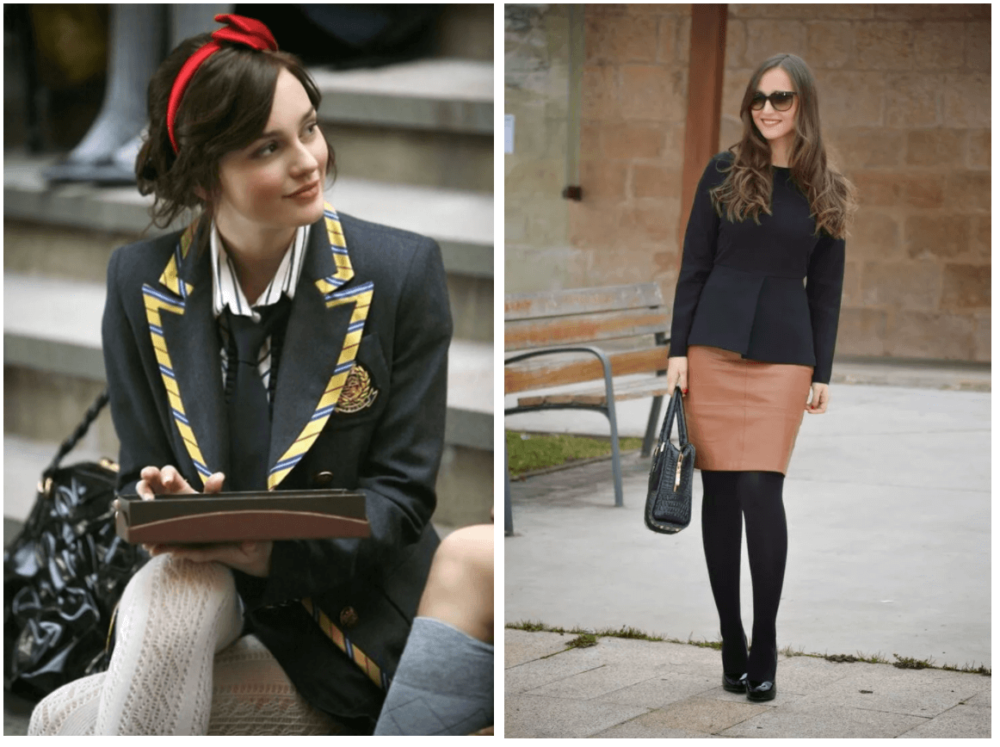 Also, the preppy leaves room for experiments - the formality of clothing goes to the background, although everything remains within reason, because it is originally a school uniform. It is permissible, say, things of an unusual cut or a mini-length skirt. In academicism, everything is simpler – images should be simple, which do not need to be made for hours, combining things – intellectuals do not have time for this.
Also, the preppy leaves room for experiments - the formality of clothing goes to the background, although everything remains within reason, because it is originally a school uniform. It is permissible, say, things of an unusual cut or a mini-length skirt. In academicism, everything is simpler – images should be simple, which do not need to be made for hours, combining things – intellectuals do not have time for this.
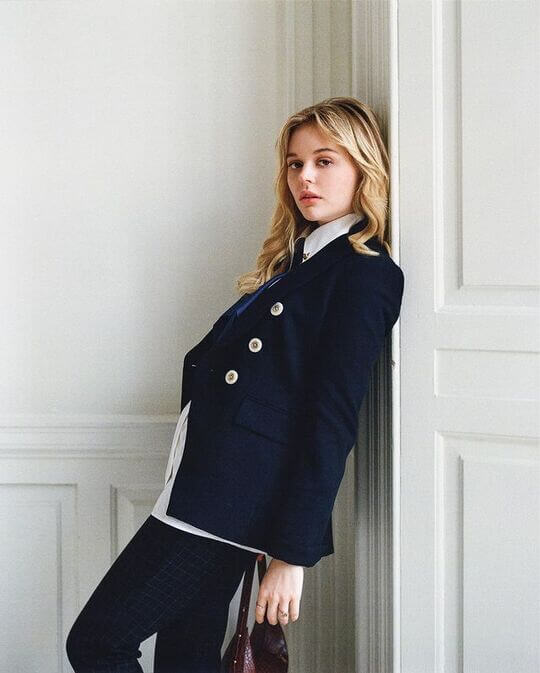
@gossipgirl
Although, of course, there are more similarities between preppies and academicism than differences, so the composition of the wardrobe should be approached with extreme caution.
If you seriously decided to change your wardrobe and from now on demonstrate your intelligence not only in conversations, but also in appearance, mandatory in your shopping list should be:
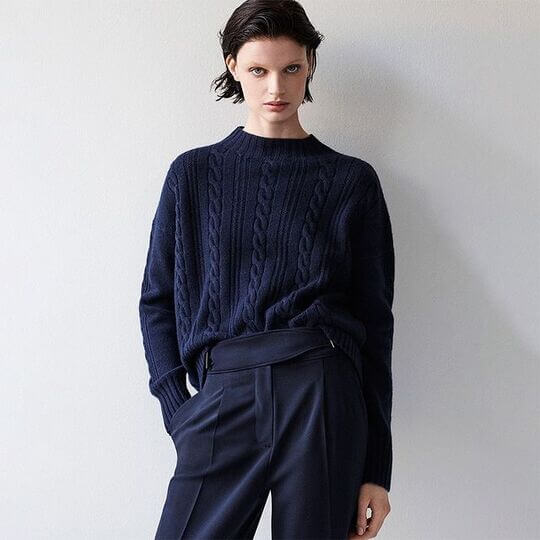
@maxmara

@bananarepublic

@jmclaughlin
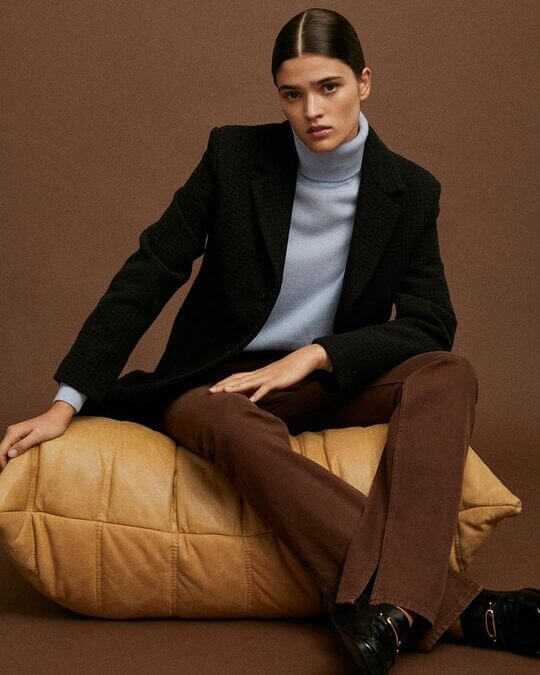
@mango

@hm

@jmclaughlin
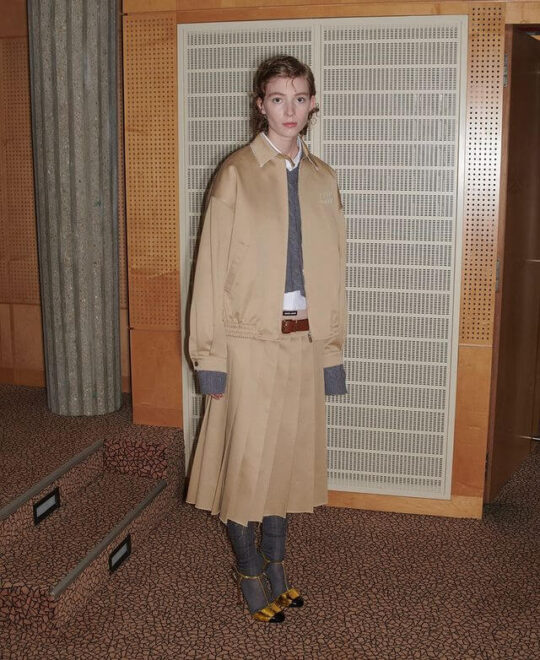
@miumiu

@zollaofficial

@brandymelvilleeu
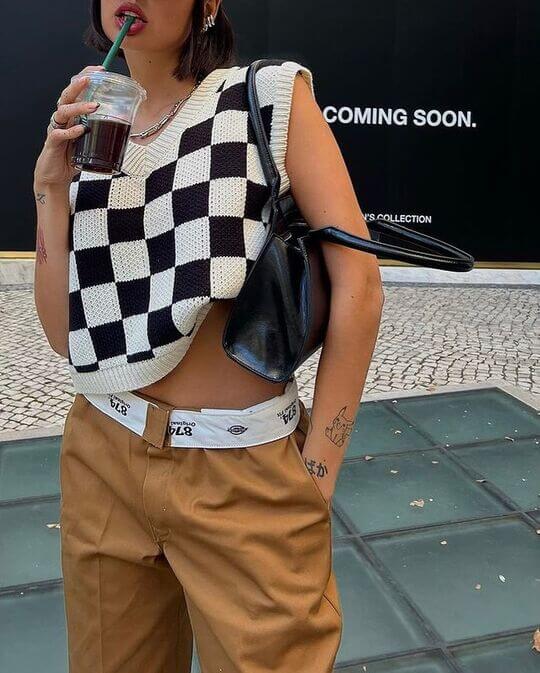
@storets
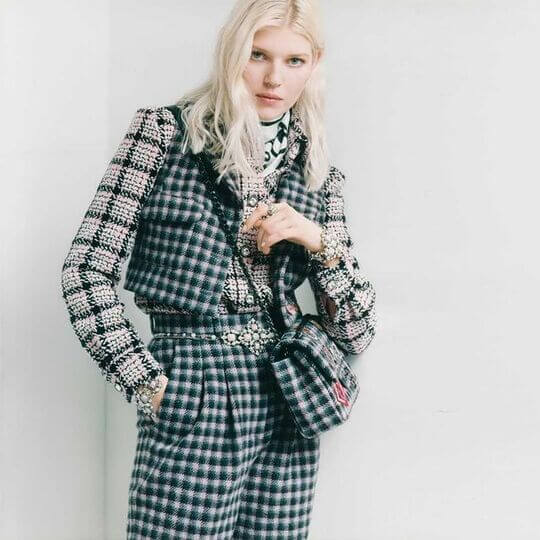
@chanelofficial

@jcrew
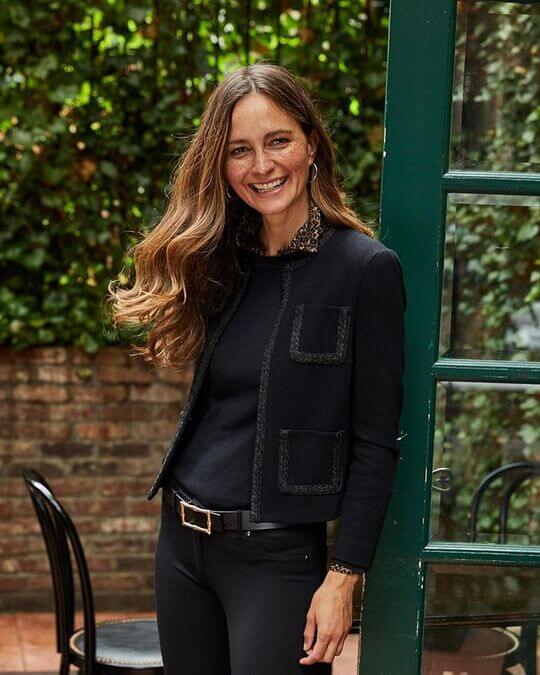
@jmclaughlin

@storets
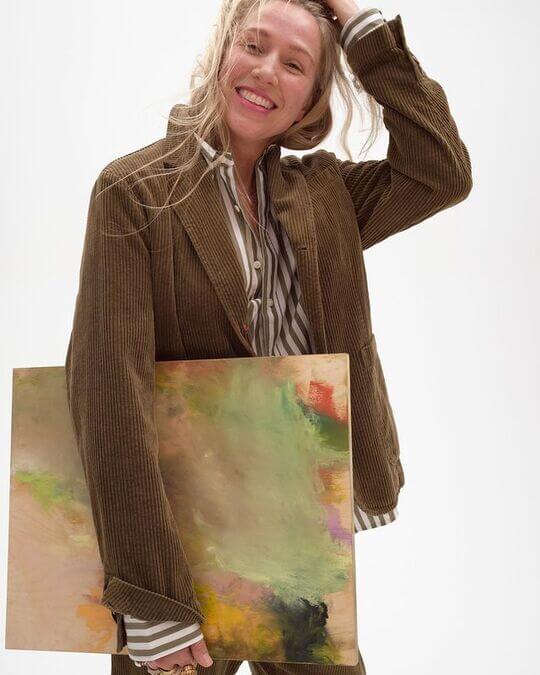
@alexmillny
For the summer season, Mary Jane's shoes are perfect - neat, with a small heel with a strap.
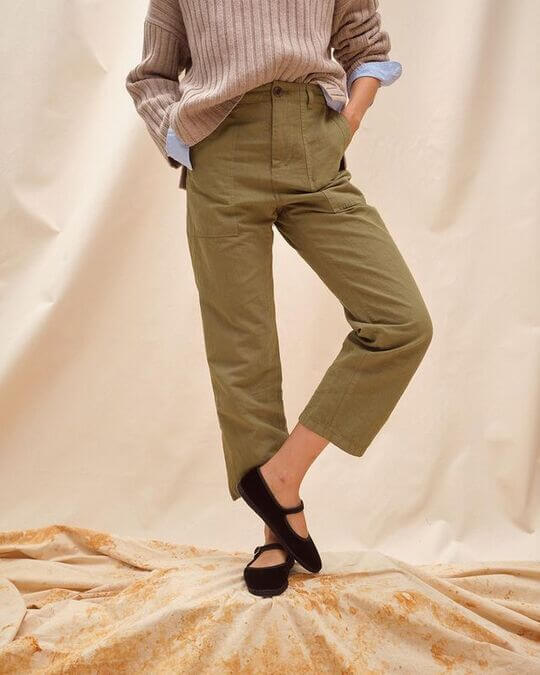
@alexmillny
Autumn bow will be complemented by Chelsea boots - they are equally good with jeans, and with trousers, and with a skirt. Another option is classic ankle boots with a rounded nose. For the winter – lace-up boots.
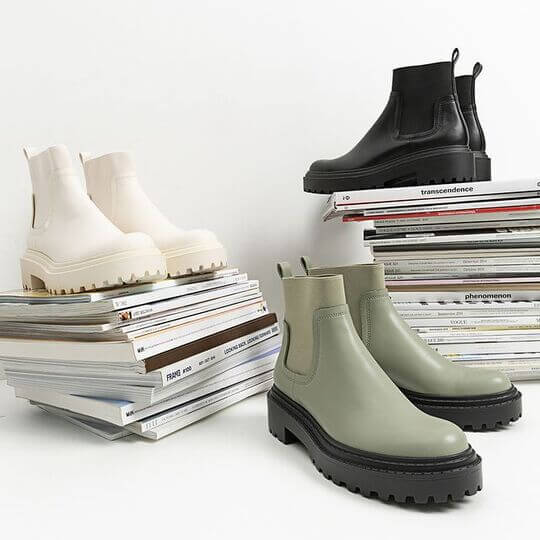
@stradivarius
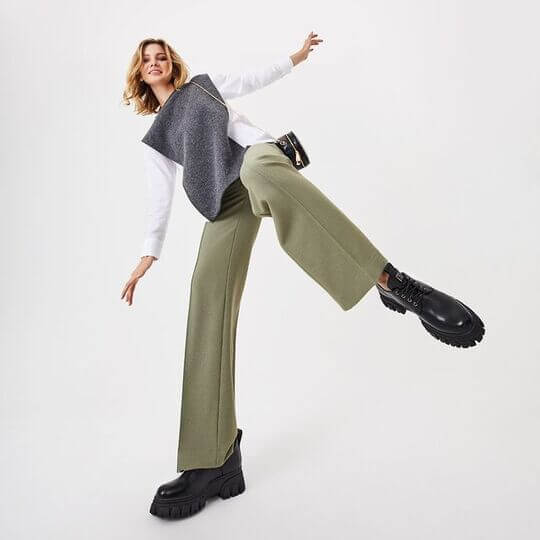
@kari_club
A black or dark brown belt and glasses with clear glass will complement the look coolly. Well, if you wear glasses for vision, get a cool frame for them - round, for example.
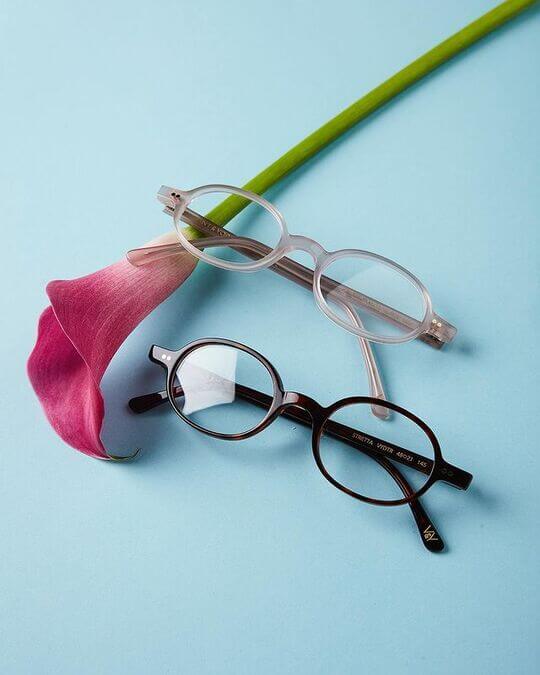
@vintandyork
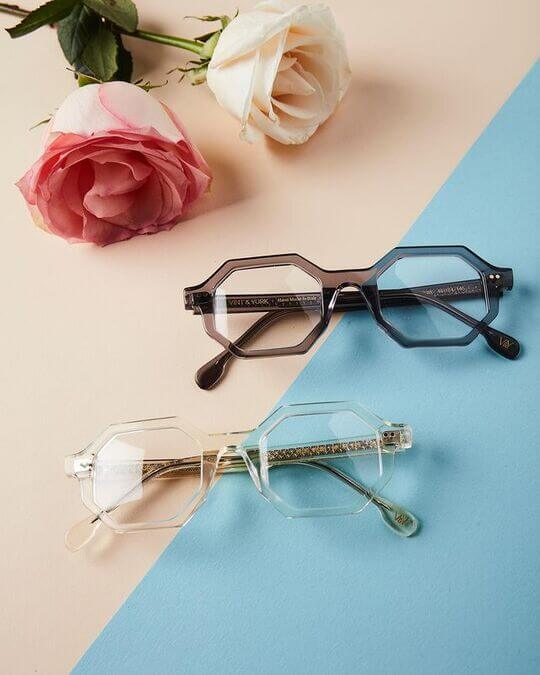
@vintandyork
The bag is an understandable shape, often with hard walls. It is advisable to choose a model without decor.

@madewell
Jewelry is allowed, but in a minimal amount - a chain or bracelet will complement the image, but will not make it provocative.
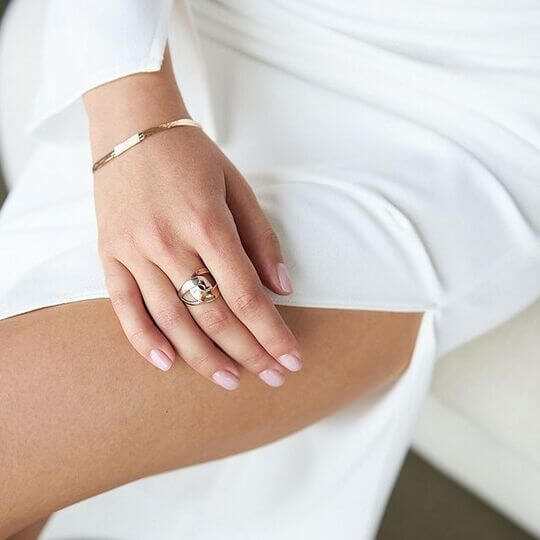
@kari_club
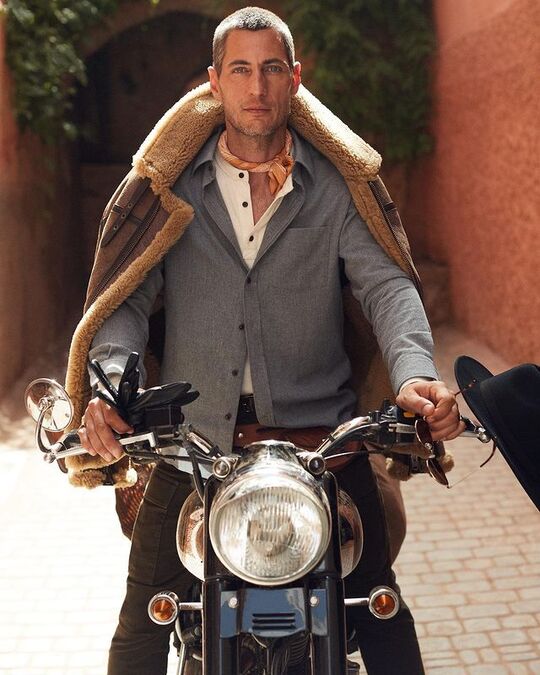
@bananarepublic
It is even easier for men, because the images of professors are no longer an approximate landmark, but quite understandable instructions for compiling a wardrobe.
Academicism in clothing for men involves the use of:
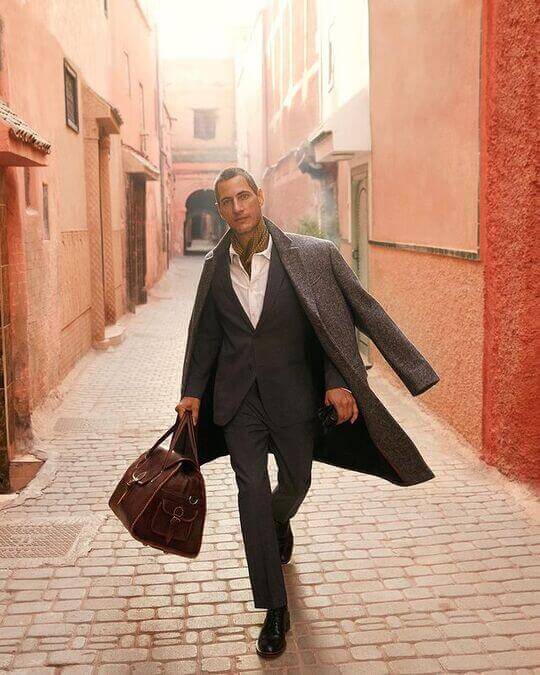
@bananarepublic

@bananarepublic
Of the shoes - classic shoes, moccasins or topsiders. Accessories – briefcase bag, belt, optional tie. The main thing is not to go into business style.



